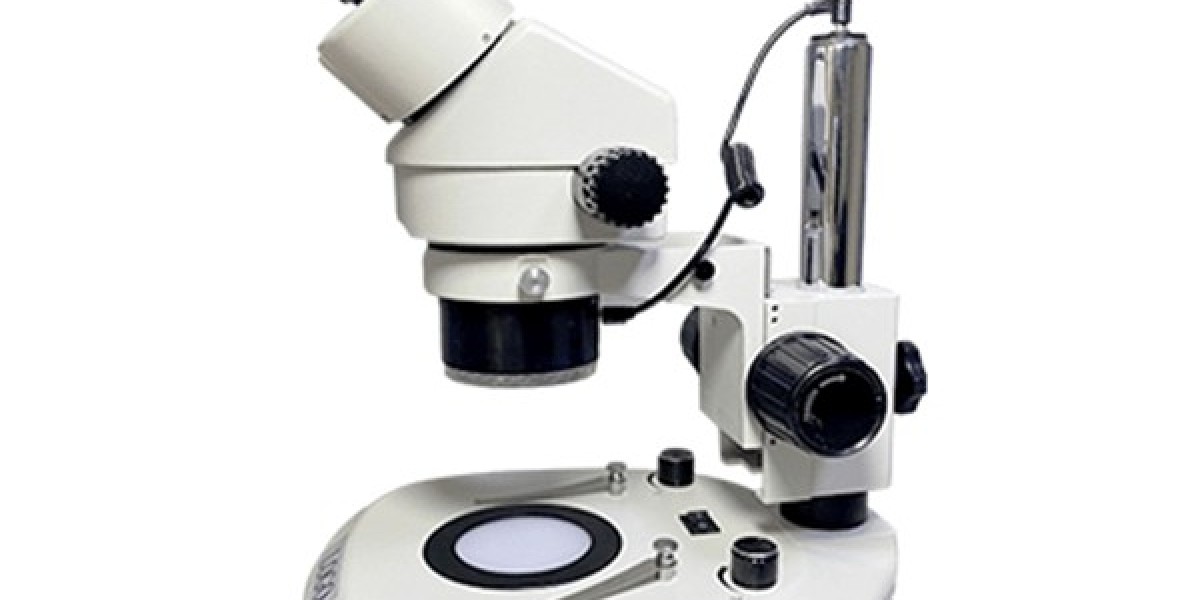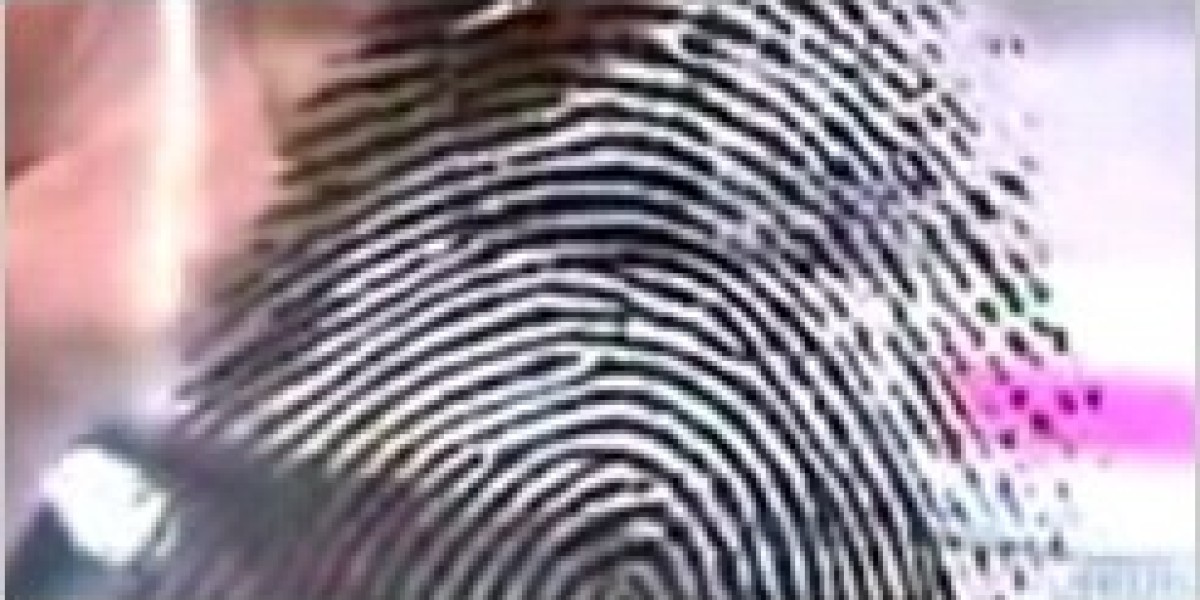A stereo microscope, also known as a dissecting microscope or stereo zoom microscope, is a powerful tool used for observing objects in three dimensions at low magnification. Unlike a compound microscope which gives a flat, highly magnified view, a stereo microscope provides a depth perception ideal for studying the surface features and structure of biological specimens or other small, intricate objects. Here are some of the common applications of stereo microscopes:
l Biology: Examining insects, plants, and other small organisms in their entirety. Dissecting specimens to study internal anatomy without damaging delicate structures. Observing live specimens like tadpoles or insect larvae.
l Medical Professions: Examining tissue samples during surgery or dentistry. Inspecting wounds or skin conditions. Dissecting small animal models used in research.
l Industry: Quality control in various industries like electronics, where inspecting intricate components like circuit boards for defects is crucial. Examining and manipulating small parts in watchmaking or jewelry making. Studying the texture and composition of materials in geology or forensics.
l Education: Providing students with a magnified 3D view of biological specimens in science labs. Examining fossils or other geological samples in earth science classes. Exploring the intricate details of flowers, seeds, and other plant structures in botany.
Overall, stereo microscopes are valuable instruments whenever a detailed, three-dimensional view of a specimen's surface features is required. They are essential tools in various fields due to their ability to magnify objects at lower powers while preserving depth perception. You might also want to know How to Choose the Right Stereo Microscope for My Needs?








